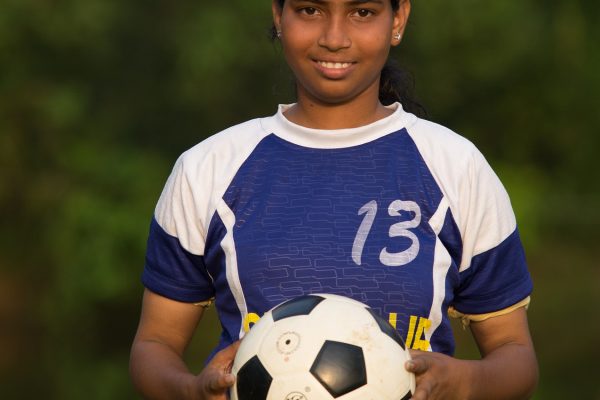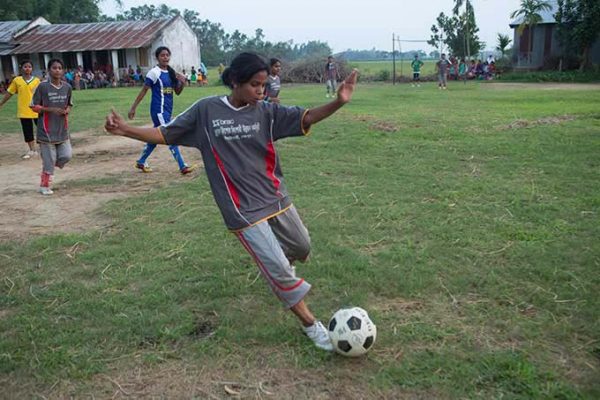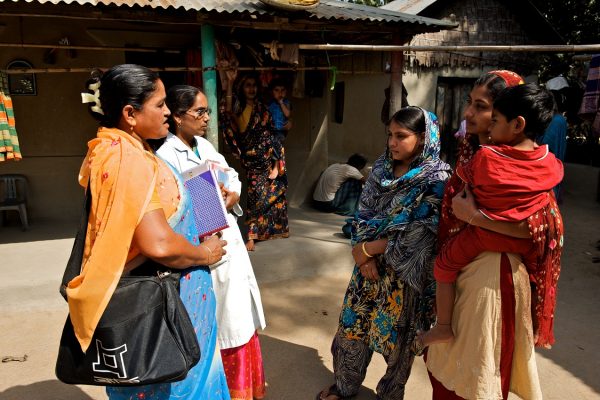reproductive health
August 10, 2015

Published by Aishah Ahmed at Aug 10 2015
Sports for development is one of the more recent initiatives designed to get adolescents talking about issues that are rarely ever discussed in their communities. Believe it or not, activities such as football, cricket and swimming are leading to discussions amongst young girls – they range from sexual health to menstruation and nutrition. While practicing their passes and drilling their dribbling, girls are learning about how to take care of their bodies and take charge.
June 15, 2015

Published by Anushka Zafar at Jun 15 2015
Engaging in sports intrinsically makes you more mindful about your body. You may start speculating how to be healthier – a good entry point for inquiring about your general well-being. For adolescent girls in marginalised communities, these questions can lead to discussions about more sensitive topics, particularly sexual and reproductive health.
June 14, 2013

Published by Kazi Amit Imran at Jun 14 2013
Whenever we think about health services, the things that typically come to mind are doctors, paramedics, nurses or even hospitals. In Bangladesh, for decades women have been creating a new norm for how primary health care can look by delivering health care services using a door-to-door approach without the typical doctor, paramedic or even nurse. Besides providing basic health care services, these women are expanding their communities’ perceptions of women’s potential and importance in society.
February 16, 2011

How BRAC has contributed to saving Bangladeshi mothersOn February 13, 2011, Bangladeshis woke up to some wonderful news: a significant nationwide Maternal Mortality Survey showed that Bangladesh has achieved tremendous improvement in reducing maternal mortality in the last 9 years - a whopping 40% drop, from 322 to 194 per 100,000 live births, putting the nation on track to meet the United Nations (UN) Millennium Development Goal (MDG) 5 by 2015. Percentage-wise, the rate of decline is about 5.5 percent each year on average, 0.1 percentage point lower than the required 5.4 percent for attaining MDG 5.

